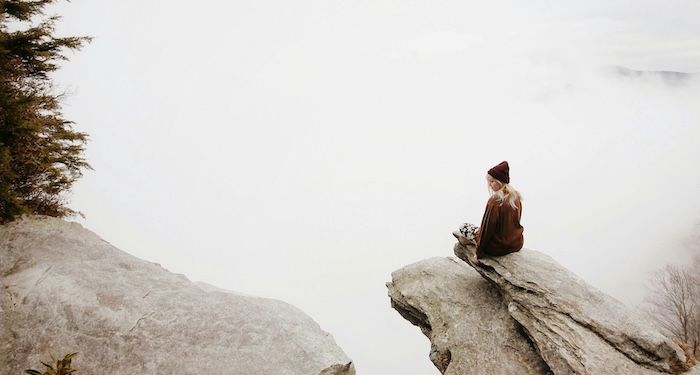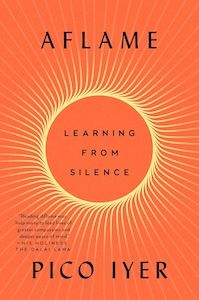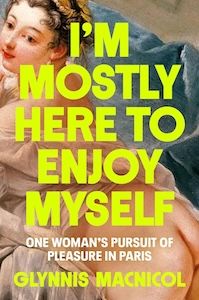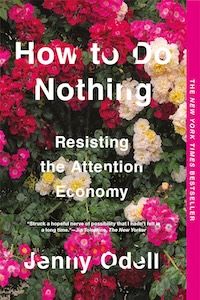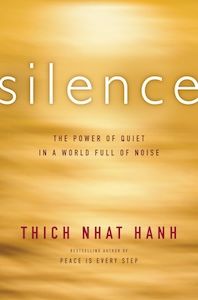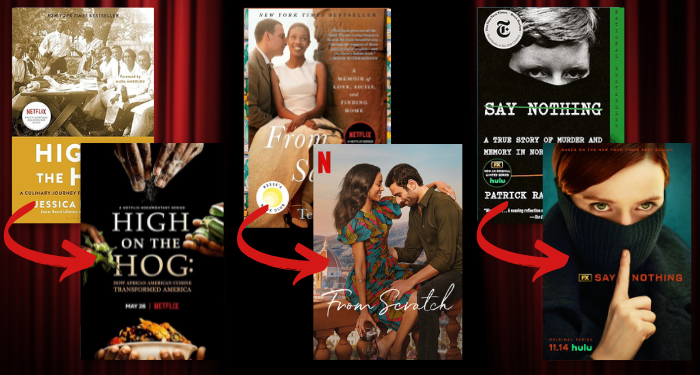In his new book Aflame: Learning from Silence, Pico Iyer reflects on the more than 100 retreats he has made to a Benedictine monastery in the hills above Big Sur, California. Over the last 30+ years, Iyer, who does not practice any religion, has sought solitude at the hermitage for as little as one night and as long as a month at a time. There, away from cell service and the 24-hour news cycle, he has found that turning away from the noise of the world allows him to hear his inner voice, to encounter the purest version of himself, and to return to his regular life and all of its relationships and obligations with greater clarity.
Aflame is a gorgeous book replete with observations like, “Yesterday I thought myself at the center of the world. Now the world seems to sit at the center of me.” The peace Iyer finds on retreat is nourishing, yes, but it is not easily won, and somehow, his honesty about not just the gifts but also the challenges of silence makes the experience seem even more desirable. The world is loud and only growing louder, offering us opportunities for distraction and disconnection at every turn. So, how do we tune in? In my experience, as in Iyer’s, the answer often lies in cultivating solitude.
While dictionary definitions tend to equate solitude with aloneness, I’d argue that solitude is aloneness with a positive valence. Solitude = aloneness + satisfaction/enjoyment/appreciation, if you will. That part about positive valence is where a lot of people get tripped up. Modern societies are not great at solitude, and they’re even worse at silence. We need connection, absolutely, but constant connection, largely mediated by devices and algorithms, is not it. We need to learn how to be quiet sometimes. We need to learn how to step back. We need to learn how to be alone. Here are a few books that might help.
Let’s start with a fun one. If you’re dreaming of becoming a person who can eat dinner alone at the bar in a restaurant or go see a movie by yourself without feeling like everyone is staring at you, Glynnis MacNicol’s I’m Mostly Here to Enjoy Myself is a great place to start. About a post-covid summer she spent in Paris, the book is an ode to the freedom of not being subject to anyone’s desires but your own. Though MacNicol travels and lives alone, she is far from lonely; the book is full of wine-soaked meals with friends, sexy encounters, and the kinds of spontaneous experiences and adventures that become available when you show up by yourself and let the world work its magic. (And if you really just want to learn how to take yourself out to dinner, here’s a piece she wrote about exactly that.)
If a cabin in the woods is more your aspirational solitude vibe, Annie Dillard’s A Pilgrim at Tinker Creek, about a year spent in the Virginia Blue Ridge valley, should do the trick. Dillard observes natural wonders, big and small, as she contemplates her place in the world.
Maybe your resistance to solitude doesn’t come from discomfort with being by yourself so much as from worrying about all the things you think you’ll miss out on. If that’s the case, Jenny Odell’s How to Do Nothing is the FOMO cure you’re looking for. This isn’t a book about how technology is evil; it’s a book about adjusting your relationship to technology so that you can put your attention where your priorities are. Odell makes a powerful case grounded in art, philosophy, history, and social science for tuning out of social media and illusory connections so we can tune into our communities and the world around us.
For something with more practical direction, try Manoush Zomorodi’s Bored and Brilliant, which offers tips and structured challenges to help you recalibrate your relationship to technology—especially your phone—and allow yourself to just…be bored sometimes. Our brains needs time and space to generate creative ideas, which can’t happen if we’re filling every spare second with content.
Finally, for those who really want to sit in silence and get comfortable with having nothing but their own thoughts for company, there’s Thich Nhat Hanh’s Silence. Some familiarity with basic mindfulness techniques will be helpful here, but it isn’t required, as Hanh explains the importance of silence for our spiritual well-being. The book includes meditation techniques and mantras to anchor the practice of sitting still, making it a particularly good candidate for audiobook listening.
The comments section is moderated according to our community guidelines. Please check them out so we can maintain a safe and supportive community of readers!

